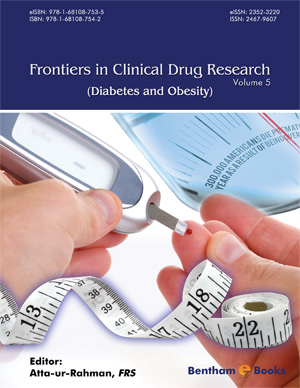Abstract
Gestational diabetes mellitus (GDM) is a condition characterised by glucose intolerance first diagnosed in pregnancy. The first line of treatment for women diagnosed with GDM is diet control (GDMd). However, some of these women even after diet persist continue showing hyperglycaemia. The second line of treatment is insulin therapy (GDMi). The latter protocol is reported to be effective in restoring glycaemia of the mother and the baby at birth. However, it is difficult to reach a consensus between the variety of protocols for insulin therapy since it depends on several factors including the population studied, ethnicity, among others. GDMd associates with deleterious effects on the foetoplacental vascular function, mainly due to endothelial dysfunction. These alterations regard with alterations in the Larginine/ nitric oxide signalling pathway, as well as in the expression of insulin receptors A and B, and insulin response. More recent studies suggest that c-Jun Nterminal kinase 1–mediated insulin resistance may result from increased endoplasmic reticulum stress in this type of cells from the human placenta. Interestingly, the insulin therapy is a protocol that does not restore the dysfunctional endothelium as seen in GDMd. Indeed, insulin therapy may associate with additional deleterious effects on the mother, the placenta and foetus, and the newborn in GDM. In this chapter, we summarised some examples of the wide variety of protocols for insulin therapy and the potential consequences of this protocol on the foetoplacental unit and the neonate from women with GDM.
Keywords: Diabetes, Diet, Endothelium, Endoplasmic reticulum stress, Gestational diabetes, Human, Insulin, Insulin therapy, Placenta.





















